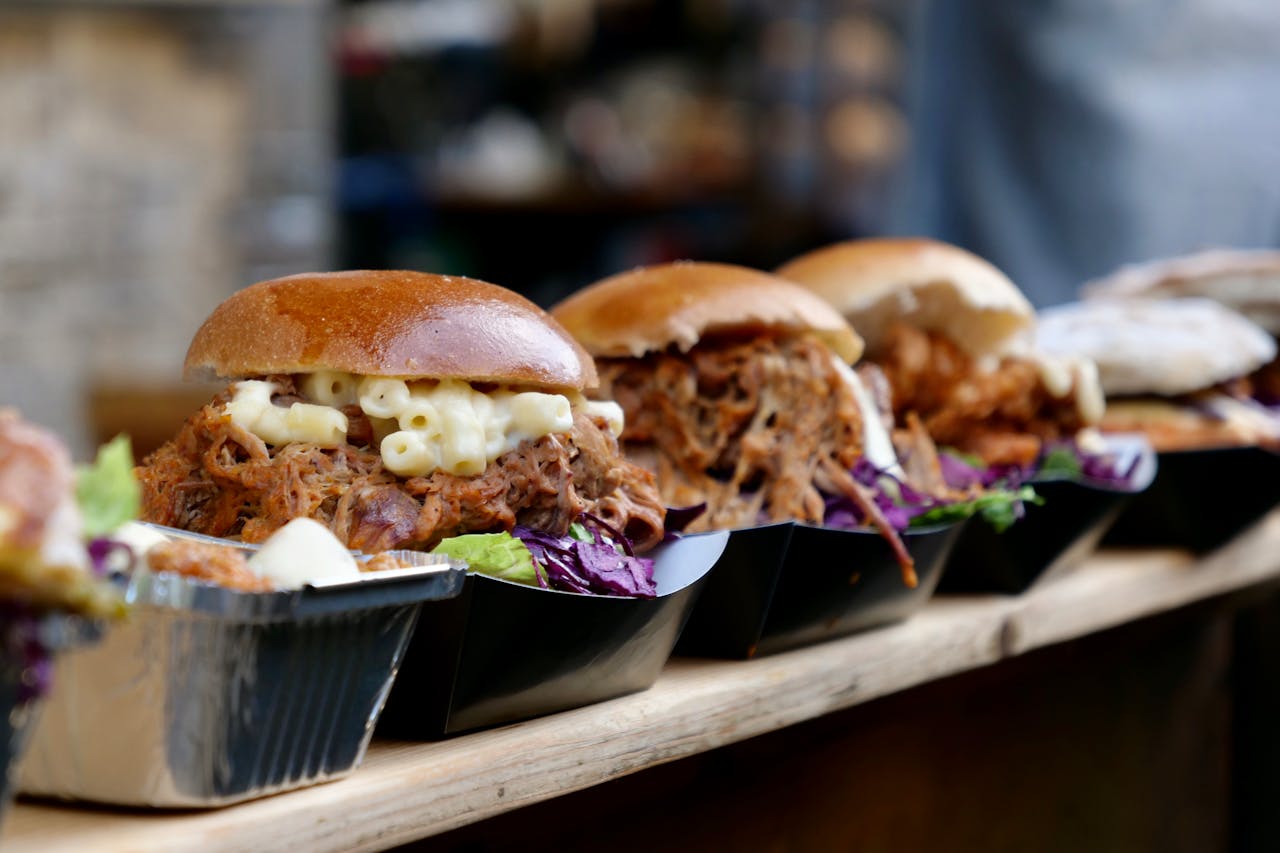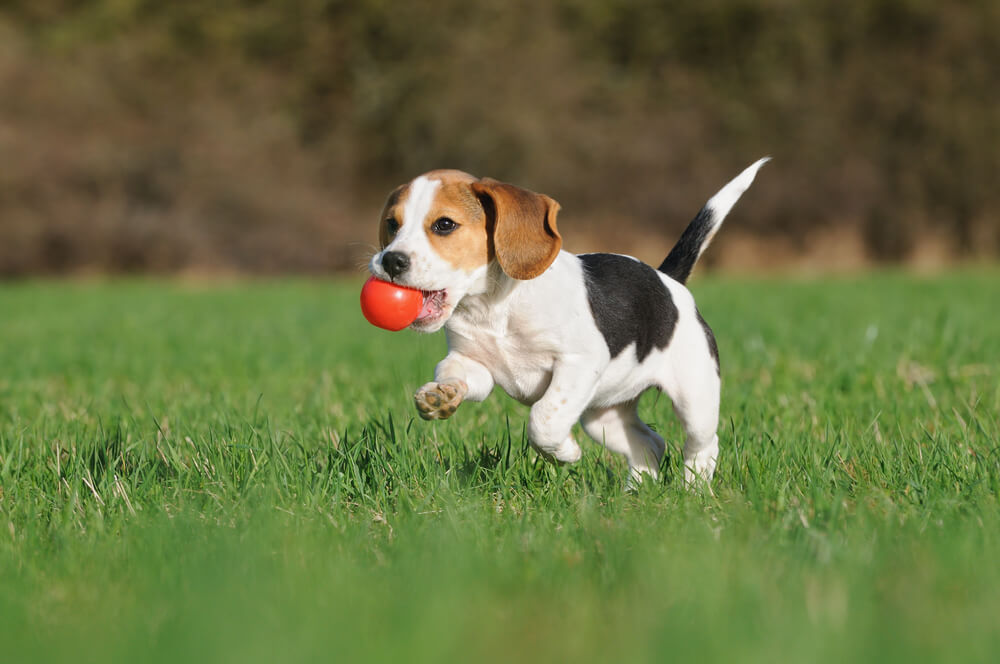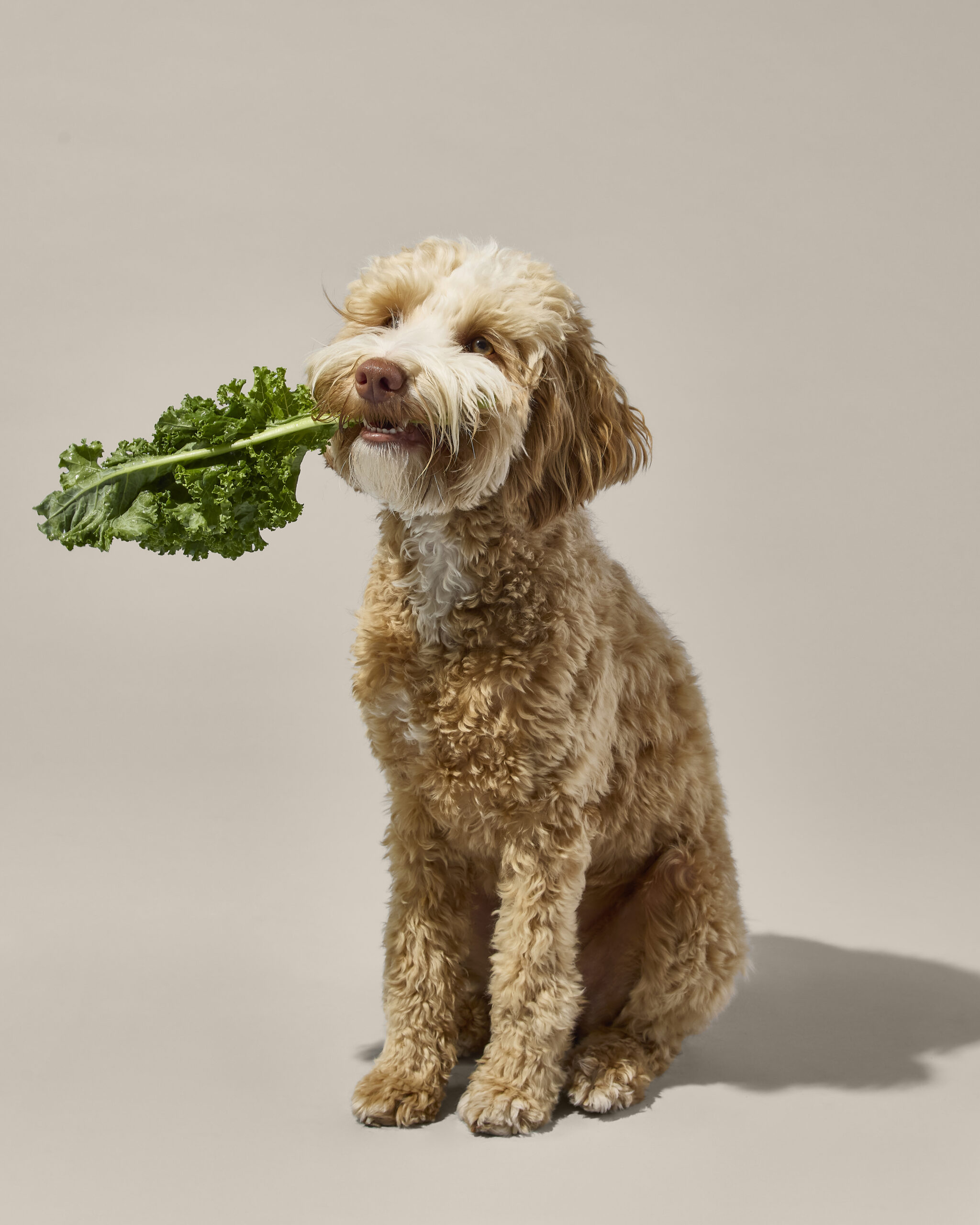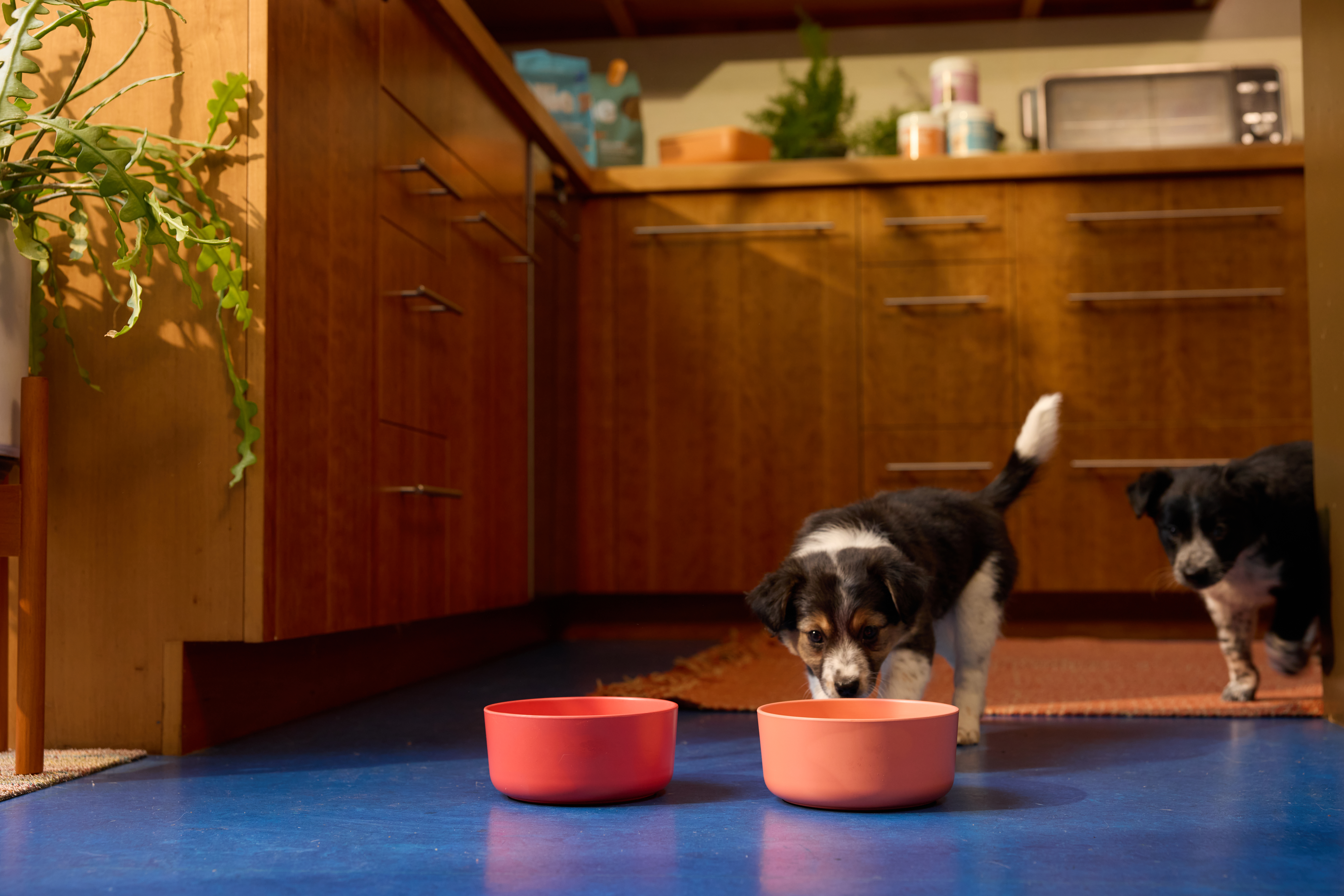Hey Ollie blog readers! We’re offering you an exclusive 60% OFF your starter box! Try now!
Pork is a widely consumed protein, but when it comes to dogs, many pet owners wonder: Is pork safe for dogs to eat? The answer depends on how it’s prepared and incorporated into their diet. While plain, cooked pork can be a nutritious protein source, processed or fatty pork products can pose health risks.
Dogs require a high-protein diet, and pork is naturally rich in essential amino acids, B vitamins, and minerals that support muscle development and overall health. However, pork also has a higher fat content than other meats, which may not be ideal for all dogs. Additionally, processed pork products like bacon, ham, and sausage contain high levels of sodium, preservatives, and seasonings that can be harmful to dogs.
Choosing high-quality, fresh pork as part of a balanced diet can be a great option for some dogs. Freshly prepared dog food, such as Ollie Pork Recipe, provides real, human-grade pork along with nutrient-dense ingredients, avoiding the fillers and low-quality meat byproducts commonly found in kibble.
In this article, we’ll break down the benefits and risks of feeding pork to dogs, how to serve it safely, and whether it’s the right choice for your pup.
Key Takeaways
- Plain, cooked pork is generally safe for dogs in moderation, but processed pork products like bacon, ham, and sausage should be avoided due to high sodium and preservatives.
- Pork is a rich source of protein, B vitamins, and essential amino acids, but its higher fat content may not be suitable for dogs with sensitive stomachs or certain health conditions.
- Choosing fresh, high-quality pork as part of a balanced diet can be beneficial. Fresh dog food, such as Ollie, provides nutrient-dense, real pork or other meat sources without the fillers and additives found in many commercial dog foods.
Is Pork Safe for Dogs?
Pork can be a safe and nutritious protein source for dogs when properly prepared. It provides high-quality protein, essential amino acids, and important nutrients that support muscle development, immune function, and overall health. However, whether pork is safe for your dog depends on how it’s cooked and served.
Nutritional Benefits of Pork for Dogs
Pork is naturally rich in:
- Protein – Supports muscle maintenance and energy levels.
- B Vitamins (B1, B6, B12) – Essential for metabolism, brain function, and red blood cell production.
- Zinc and Selenium – Helps with immune system function and skin health.
While pork offers valuable nutrients, it also has a higher fat content than other proteins like chicken or turkey, which can be harder for some dogs to digest. For dogs prone to obesity or pancreatitis, a leaner meat option may be a better choice.
When Pork Is Not Safe for Dogs
Not all pork is created equal. Certain types of pork can pose health risks:
- Raw Pork – May contain parasites like Trichinella, which can cause digestive issues. Fully cooking pork eliminates this risk.
- Processed Pork (Bacon, Ham, Sausage) – These products contain excessive salt, preservatives, and seasonings, which can lead to sodium toxicity or digestive upset in dogs.
- Pork with Seasonings or Sauces – Ingredients like garlic, onion, and certain spices can be toxic to dogs and should be avoided.
Choosing the Right Pork for Your Dog
For a dog-friendly option, plain, cooked pork without seasoning or added fat is best. Freshly prepared dog food recipes that include high-quality pork offer a balanced, nutrient-rich alternative to processed commercial foods, ensuring that dogs get the benefits of pork without the risks associated with low-quality ingredients.
Freshly prepared dog food, such as Ollie Pork Recipe, provides real, human-grade pork along with nutrient-dense ingredients, avoiding the fillers and low-quality meat byproducts commonly found in kibble.
Health Risks of Feeding Pork to Dogs
While pork can be a good source of protein for dogs, there are certain risks associated with feeding it incorrectly. Understanding these risks can help ensure that pork is served safely and in a way that supports your dog’s overall health.
1. High Fat Content
Pork is naturally higher in fat compared to lean meats like chicken or turkey. While fat is an important part of a dog’s diet, too much can lead to digestive upset, obesity, and even pancreatitis—a serious condition that causes inflammation of the pancreas. Dogs with sensitive stomachs, a history of pancreatitis, or weight issues should consume pork in moderation and stick to lean cuts.
2. Processed Pork (Bacon, Ham, Sausage)
Processed pork products are not safe for dogs due to their high levels of salt, preservatives, and seasonings. These can lead to:
- Sodium toxicity – Excessive salt intake can cause vomiting, diarrhea, tremors, and even seizures.
- Digestive issues – Seasonings like garlic, onion, and certain spices are toxic to dogs.
- Unhealthy fat content – Bacon and sausage are high in saturated fats, which can contribute to obesity and heart issues over time.
3. Raw Pork Risks
Feeding dogs raw pork can expose them to parasites like Trichinella spiralis, which can cause trichinosis—a condition that affects the muscles and nervous system. Symptoms of trichinosis in dogs include vomiting, diarrhea, lethargy, and muscle pain. Cooking pork thoroughly eliminates this risk.
4. Pork Bones Can Be Dangerous
Both raw and cooked pork bones pose risks for dogs. Cooked bones are especially dangerous because they become brittle and can splinter, leading to:
- Choking hazards
- Mouth or throat injuries
- Intestinal blockages or perforations
Even raw pork bones, while less likely to splinter, can still cause digestive issues or pose a choking risk, so it’s best to avoid giving pork bones altogether.
5. Food Sensitivities and Allergies
Some dogs may have food sensitivities to pork, resulting in itchy skin, ear infections, or digestive issues. If your dog hasn’t eaten pork before, introduce it gradually and watch for any signs of intolerance, such as excessive scratching, upset stomach, or diarrhea.
How to Safely Feed Pork to Dogs
If you want to include pork in your dog’s diet, it’s important to prepare and serve it correctly to ensure safety and optimal nutrition. Follow these guidelines to make pork a healthy and dog-friendly protein option.
1. Use Plain, Cooked Pork
Always serve fully cooked pork without any seasonings, marinades, or sauces. Ingredients like garlic, onion, and excessive salt can be harmful to dogs, so it’s best to keep it simple. Boiling, baking, or grilling pork without added oils or butter is the safest method.
2. Choose Lean Cuts
Since pork is naturally high in fat, opt for leaner cuts like pork loin or tenderloin. Fatty cuts, such as pork belly or ribs, can be harder for dogs to digest and may contribute to obesity or pancreatitis. Trim any visible fat before serving.
3. Cook Thoroughly to Kill Parasites
Raw pork carries a risk of Trichinella parasites and bacteria like Salmonella or E. coli, which can lead to serious infections. Always cook pork to an internal temperature of 145°F (63°C) and allow it to rest before serving to ensure it’s safe for consumption.
4. Feed in Moderation
Pork should be treated as an occasional addition rather than a main protein source. Since it has a higher fat content than other meats, overfeeding can lead to digestive issues, weight gain, or nutritional imbalances. Small, bite-sized portions mixed into a balanced diet are best.
5. Avoid Processed Pork and Bones
Never feed dogs bacon, ham, sausage, or pork bones. Processed pork products contain excessive salt and preservatives, while cooked pork bones can splinter and cause choking or internal injuries.
6. Consider Fresh, Balanced Dog Food with Pork
For a safe and nutritionally complete option, fresh dog food recipes that include properly prepared pork can provide high-quality protein and essential nutrients without the risks of processed meats. Ollie Pork Recipe is formulated with human-grade pork and whole-food ingredients, offering a well-balanced meal without the fillers or byproducts commonly found in commercial kibble.
Is Pork Good for Dogs? Nutritional Benefits
Pork can be a nutritious protein source for dogs when fed in the right way. It provides essential nutrients that support muscle development, immune function, and overall health. While not as commonly used as chicken or beef in dog food, pork has several unique benefits that make it a valuable protein option.
1. High-Quality Protein for Muscle Health
Pork is a complete protein, meaning it contains all essential amino acids dogs need to maintain strong muscles, repair tissues, and support overall body functions. This makes it an excellent option for active dogs that require high-quality protein to sustain their energy levels.
2. Rich in Essential B Vitamins
Pork is naturally high in B vitamins, which play a crucial role in metabolism, brain function, and immune health:
- Vitamin B1 (Thiamine): Essential for energy production and nervous system function.
- Vitamin B6: Helps with protein metabolism and neurotransmitter function.
- Vitamin B12: Supports red blood cell production and nervous system health.
3. Contains Important Minerals for Immune and Skin Health
Pork is a good source of zinc and selenium, two minerals that help boost immune function, support skin health, and promote wound healing. Zinc, in particular, is important for dogs with skin allergies, as it plays a key role in reducing inflammation and strengthening the skin barrier.
4. A Great Option for Dogs with Common Protein Allergies
Some dogs develop allergies or sensitivities to chicken or beef, which are among the most common protein sources in commercial dog food. Pork is considered a novel protein for many dogs, making it a good alternative for those with food sensitivities.
5. Can Be Part of a Balanced, Fresh Diet
When incorporated into a high-quality, balanced diet, pork can be a healthy and digestible protein source. Fresh dog food options include properly sourced, human-grade pork combined with nutrient-rich ingredients to provide complete and balanced nutrition without unnecessary fillers or additives.
Best Pork Alternatives for Dogs
While pork can be a good protein source, some dogs may have trouble digesting it or require a leaner meat option. If pork isn’t the right fit for your dog, there are several nutritious alternatives that provide high-quality protein and essential nutrients.
1. Chicken & Turkey (Lean and Easily Digestible)
Chicken and turkey are leaner than pork, making them a great choice for dogs prone to weight gain or digestive sensitivity. They are also rich in essential amino acids, B vitamins, and minerals, supporting muscle development and immune health.
2. Beef (Nutrient-Dense and Protein-Rich)
Beef is another excellent source of high-quality protein, iron, and essential fatty acids. Lean cuts of beef provide strong muscle support, while its natural fat content helps maintain a healthy coat and skin.
3. Fish (Omega-3s for Skin and Joint Health)
Fish, such as salmon or whitefish, are rich in Omega-3 fatty acids, which help support skin hydration, coat health, and joint function. It’s also an easily digestible protein option for dogs with sensitive stomachs or food allergies.
4. Lamb (Great for Dogs with Food Sensitivities)
Lamb is considered a novel protein, making it a good alternative for dogs with allergies to chicken or beef. It’s rich in iron, zinc, and healthy fats, supporting energy levels and a strong immune system.
5. Duck (Flavorful and Allergy-Friendly)
Duck is another hypoallergenic protein source that is higher in fat than other meats but highly palatable for picky eaters. It provides B vitamins and essential minerals that contribute to overall well-being.
Final Thoughts On Pork For Dogs
Pork can be a safe and nutritious protein source for dogs when it is properly prepared, cooked thoroughly, and served in moderation. It provides high-quality protein, essential amino acids, and key vitamins and minerals that support muscle health, immune function, and overall well-being. However, not all pork is safe—processed meats like bacon, ham, and sausage should always be avoided due to their high salt and preservative content.
If you choose to feed your dog pork, plain, cooked, and lean cuts are the best option. For pet owners looking for a balanced and convenient way to include pork in their dog’s diet, fresh dog food recipes offer properly sourced, human-grade pork combined with nutrient-rich ingredients to support optimal health.
As with any protein, pork should be introduced slowly, and pet owners should monitor for any signs of food sensitivities. If pork doesn’t suit your dog, alternative proteins like chicken, beef, fish, or lamb can provide equally beneficial nutrition.
By focusing on high-quality ingredients and balanced nutrition, you can help ensure your dog gets the best possible diet for their individual needs.
Frequently Asked Questions
1. Can dogs eat pork every day?
While plain, cooked pork is safe for dogs, it should not be a daily staple unless it is part of a balanced, nutritionally complete diet. Pork is higher in fat than other proteins, so feeding it in excess could lead to digestive issues, weight gain, or pancreatitis in some dogs.
2. Is cooked pork better than raw pork for dogs?
Yes, cooked pork is much safer than raw pork. Raw pork can contain parasites like Trichinella spiralis, which can lead to trichinosis, a potentially harmful infection. Cooking pork thoroughly eliminates this risk and makes it easier for dogs to digest.
3. Why is pork not as common in commercial dog food compared to other protein sources?
Pork is less commonly used in traditional kibble because it has a higher fat content, making it more expensive to process and preserve. However, fresh dog food brands use properly sourced pork as a high-quality protein option, offering better digestibility and nutritional benefits.
4. Can dogs eat pork ribs or pork bones?
No, pork bones—especially cooked ones—can splinter easily, posing a risk of choking, mouth injuries, or intestinal blockages. Even raw pork bones can be risky, so it’s best to avoid them altogether.
5. What should I do if my dog eats raw or seasoned pork?
If your dog accidentally eats raw pork, monitor for symptoms like vomiting, diarrhea, or lethargy, as these could indicate a bacterial or parasitic infection. If they consume seasoned pork with garlic, onion, or high salt content, contact your vet immediately, as these ingredients can be toxic.
Tagged As:

The nutrition your dog needs,
the food they want.

Enjoying our articles? Subscribe our Newsletters and get new articles directly to your inbox
You might also like
4 August 2025
5 MINS READ
Key Ingredients in Fresh Dog Food Explained
The right food starts with the right ingredients. Unlike highly processed kibble, which can contain fillers and low-quality by-products, fresh food focuses on transparency and quality. At Ollie, w…
by Ollie Pets
4 August 2025
6 MINS READ
Fresh Dog Food Benefits for Growing Puppies
Proper nutrition as a puppy is the foundation for a long, healthy, and happy life. Fresh, human-grade meals can support your puppy’s rapid growth, brain development, and long-term health in ways…
by Ollie Pets
4 August 2025
6 MINS READ
Choosing Specialized Dog Food: Solutions for Allergies and Sensitivities
There’s nothing more difficult than seeing your dog uncomfortable. Constant scratching, upset stomachs, or chronic ear infections can be signs that something in their diet isn’t agreeing with …
by Ollie Pets







